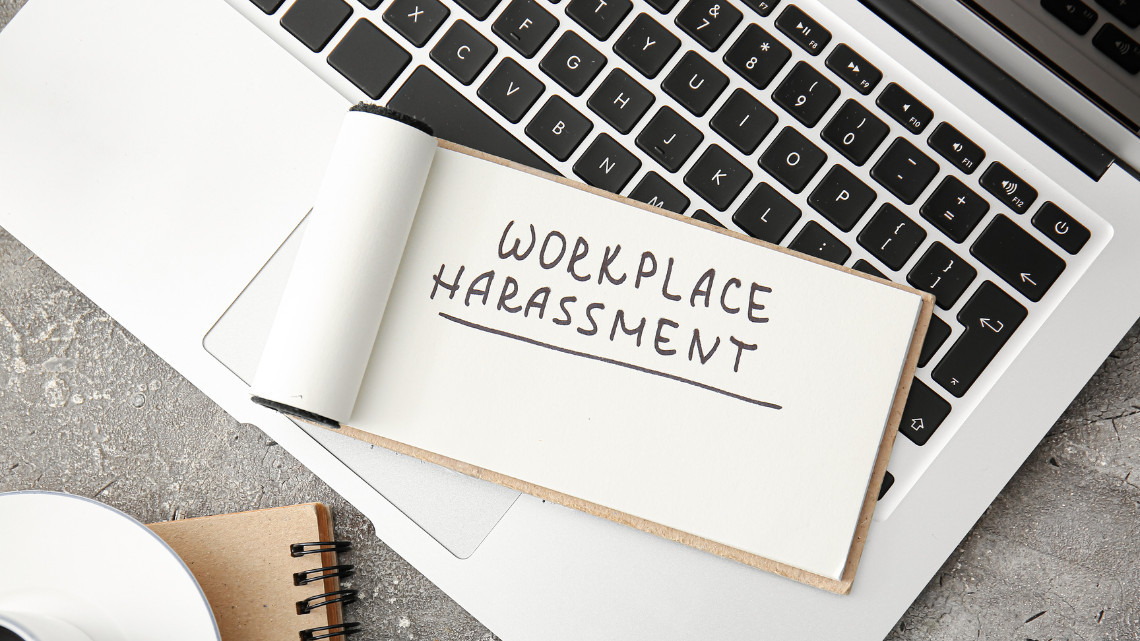
Earlier this week, the U.S. Equal Employment Opportunity Commission (EEOC) published final guidance on harassment in the workplace, “Enforcement Guidance on Harassment in the Workplace.” The guidance will help people feel safe on the job and assist employers in creating respectful workplaces.
These laws protect covered employees from harassment based on race, color, religion, sex (including pregnancy, childbirth, or related medical conditions; sexual orientation; and gender identity), national origin, disability, age (40 or older), or genetic information.
Since the Commission last issued guidance on workplace harassment, notable changes in the law have occurred, including the Supreme Court’s decision in Bostock v. Clayton County.
The new guidance updates, consolidates, and replaces the agency’s five guidance documents issued between 1987 and 1999, and serves as a single, unified agency resource on EEOC-enforced workplace harassment law. It reflects the Commission’s consideration of the robust public input that it received after the guidance was posted for public comment in fall 2023.
Between fiscal years 2016 and 2023, more than a third of all discrimination charges received by the EEOC included an allegation of harassment based on race, sex, disability, or another characteristic covered by the laws enforced by the agency. Also, since fiscal year 2018, harassment has been alleged in over half of federal sector equal employment opportunity complaints. In addition, among the 143 merits lawsuits that the Commission filed in fiscal year 2023, approximately 35% of those cases included an allegation of harassment.
The guidance, approved by a majority vote of the Commission, reflects the EEOC’s commitment to protecting persons who are particularly vulnerable and persons from underserved communities from employment discrimination. It includes over 70 examples illustrating unlawful harassment, including situations involving older workers, immigrant workers, and survivors of gender-based violence. It also illustrates how employees may be subjected to unlawful harassment not only by coworkers or supervisors, but also by customers, contractors, and other third parties.
In addition, the guidance addresses the growth of virtual work environments and the increasing impact of digital technology and social media on how harassment occurs in the work environment.
Along with the final guidance, the EEOC issued several educational resources, including:
The final guidance also highlights additional EEOC resources on workplace harassment:
- Promising Practices for Preventing Harassment in the Federal Sector
- Promising Practices for Preventing Harassment
- Report of the Co-Chairs of the Select Task Force on Harassment in the Workplace
The EEOC issued the proposed harassment guidance on Oct. 2, 2023, and invited the public to comment. The comment period closed on Nov. 1, 2023. The EEOC received approximately 38,000 comments and carefully considered those comments in developing this final guidance.
ASE Connect
Harassment Prevention Course – This course will define various types of harassment in the workplace with a special focus on sexual harassment. Participants will learn the legal definition of harassment and the various types of situations that could be perceived as harassment. It will also identify proactive preventive measures that could and should be undertaken by organizations.
- Novi, MI – May 22, 2204 or August 6, 2024 | 9:00 a.m. – 12:00 p.m.
- Virtual Course – November 12, 2024 | 9:00 a.m. – 12:00 p.m.
Traliant On-Demand Training – ASE partner, Traliant, offers on-demand training for harassment prevention with various versions available:
- Advanced: This 2-hour sexual harassment training course should be used by California supervisors, supervisors in the City of Chicago (and supervisors outside of Chicago that supervise employees in Chicago), and all Connecticut employees, supervisors, and non-supervisors, the first time they train.
- Extended: This 1-hour sexual harassment training course should be used by non-supervisory employees in California and the City of Chicago.
- Fundamentals: This 45-minute sexual harassment training course should be used by both supervisors and non-supervisors in all other states.
- Essentials: A shortened 20-minute course designed for high-turnover businesses, is also available.
By Heather Nezich, courtesy of SBAM-approved partner, ASE. Source: EEOC
Click here for more News & Resources.